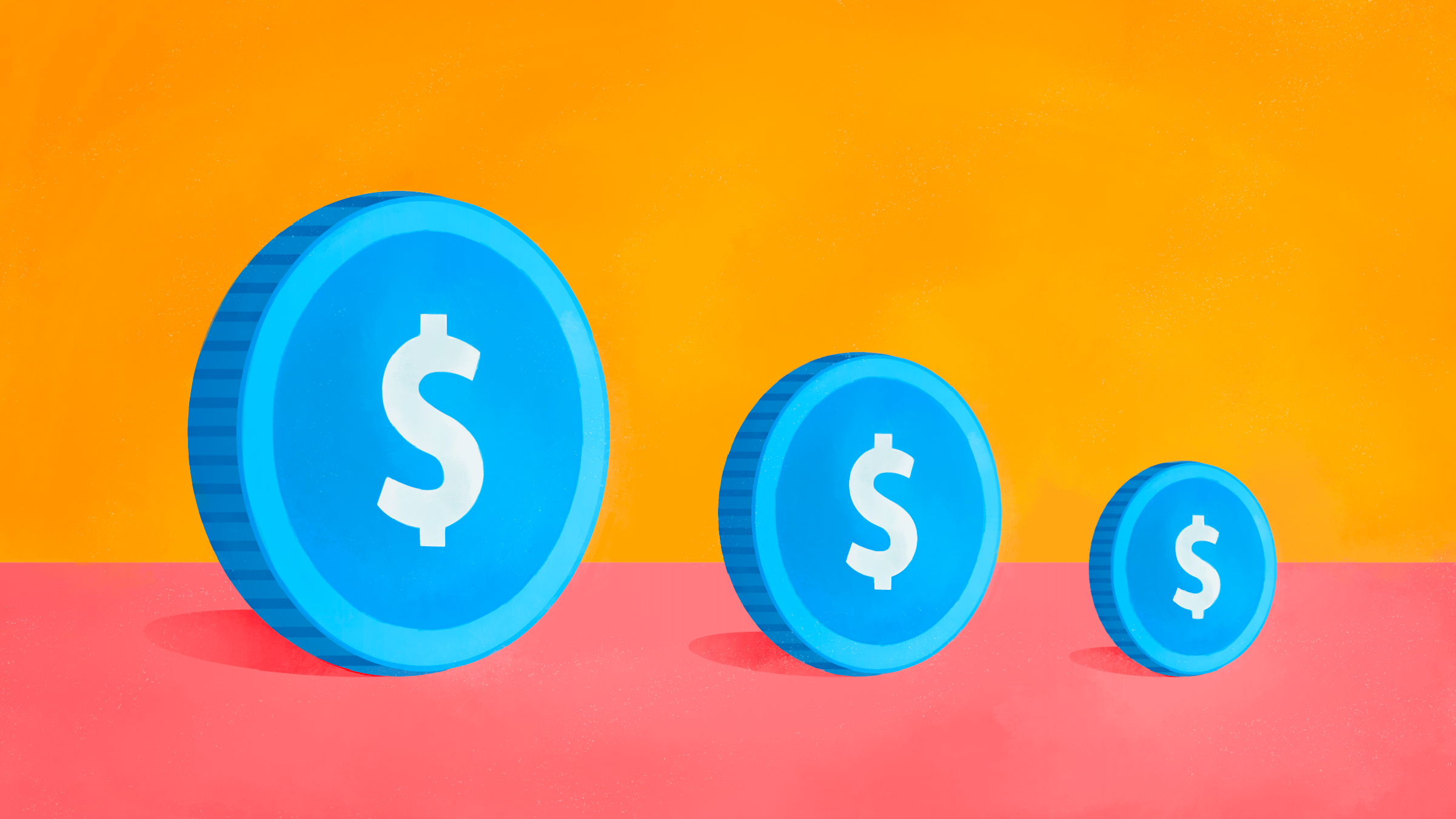The best news of last week was the US retail sales report, which surprised a little on the upside. With similar growth rates for July and August, the wonderful binge of early spring and the horrible hangover of late spring/early summer are finally behind us.
Consumer spending is the key to understanding which way the economy is headed. The economy now seems to be moving in both the right direction at a slow but sustainable pace (and with a lot fewer stimulus programs).
On the other hand, manufacturing news last week continued to show some weakness. Based on my analysis below, the softening is more of an echo of poor consumer spending late this spring than a renewed sign of weakness.
In other news, prices jumped again for the second straight month. The good news is that the data helped dispel the notion that major deflation is imminent and the economy is incredibly weak. On the other hand, another month or two of high inflation will weigh heavily on consumers' ability to spend. The retail sales reports and several earnings reports continue to suggest consumers are spending more, but only very cautiously. Big ticket items still seem to be under pressure, while consumers avoid non-sale-priced merchandise like the plague.
Real Third-Quarter GDP Could Exceed Second-Quarter Growth
The news seems to suggest a slowly improving economy that is a bit stronger than many had imagined just a month ago. Last week's report on retail sales and on total business inventories and the previous week's better-than-expected net export number seem to indicate the possibility that GDP will expand between the June quarter and the September quarter. I think growth of 2.0%-2.5% in the third quarter is a real possibility compared to 1.6% growth in the June quarter. However, the relatively slow recovery rate makes the economy a lot more vulnerable to any type of outside shock. The notable slowing this spring as the European debt crisis unfolded points to that vulnerability.
Consumer Prices Up--Is the Glass Half Full or Half Empty?
Friday's US consumer price index was an amalgam of good news and bad news. The Consumer Price Index jumped 0.3% in August for the second straight month. That would seem to indicate that we aren't falling into overall deflation just yet and that maybe the economy is a wee bit stronger than many had feared.
On the other hand, that seemingly small 0.3% translates into over 3.6% annually. If that pace were to continue, it would severely undermine consumers' spending power. Nominal wages have been moving up at a snail's pace, but low inflation has helped consumers stretch their paychecks. If inflation were to continue at this pace for another couple of months, I believe consumer spending would be affected.
Stripping Out Food and Energy, Prices Are Going Nowhere
A lot of economists like to strip out the volatile food and energy sectors to eliminate some of the volatility in the index. On this basis, there was zero inflation in August. Personally, I am loath to totally sweep away food and energy prices because these are exactly the items that really matter to consumers and their budgets. Of course I want to exclude spiky one-time items (hurricane-related gas price increases, temporary commodity squeezes, and so on, that quickly reverse themselves over a month or two), but I don't want to disregard general upward movements.
Surprisingly, Some Price Categories Are Showing Some Pretty Scary Increases
However, I don't want to let just two months of data overwhelm my thinking, either. On a year-over-year basis, inflation is up just 1.15%, which nothing to get very worked up about, though, I should note that this figure bottomed at 1.05% in June.
Both on a year-over-year basis and month on month, shelter and apparel prices were both down, substantially holding back the overall index. On the other end of the scale, used car prices are up over 15% year on year, energy is up 3.8%, transportation services 3.5%, and medical services 3.2%. So price increases aren't nonexistent, either.
Looking ahead, energy prices seem to have backed off so far in September, and housing, which accounts for more than a third of the index, may tame the overall CPI. On the other hand, Thursday's producer price index wasn't particularly encouraging, growing 0.4% sequentially--even faster than the growth rate of the CPI. The producer price index tends to directionally lead the consumer price index.
Prices and Consumer Incomes Take on Increased Importance in the Months Ahead
Two months' worth of data is not nearly enough to make a conclusion. However, the CPI along with hours worked and hourly wages will be the key data that I will watch over the next several months to determine the direction of the economy. These factors combined are the primary determinants of consumer income. Incomes, in turn, are the key driver to consumer spending. With more than 70% of GDP coming from the consumer, consumer income will be the ultimate driver of the economy. Business investment and possibly exports could provide some short-term buoyancy to the economy, but by 2011, growth will ultimately be driven by the consumer.
Manufacturing Data Still Weakening
Data out of the manufacturing sector were decidedly mixed last week. US industrial production grew at just a 0.2% rate in August, and the July figure was reduced from 1.0% to a more modest 0.6%. Both figures were generally below expectations. But the lack of a summer shutdown at GM and weather issues (utility production) tended to inflate the July number and weigh meaningfully on the August figure.
However, I think there is a better way to look at the industrial production numbers. On a year-over-year basis production was up around 6% (both Julys had smaller than normal auto shutdowns). Year-over-year growth in production has been amazingly consistent since April, averaging 6%-8%. While that trend has slowed some since July, it isn't totally surprising given that consumer spending slowed meaningfully in April and May.























